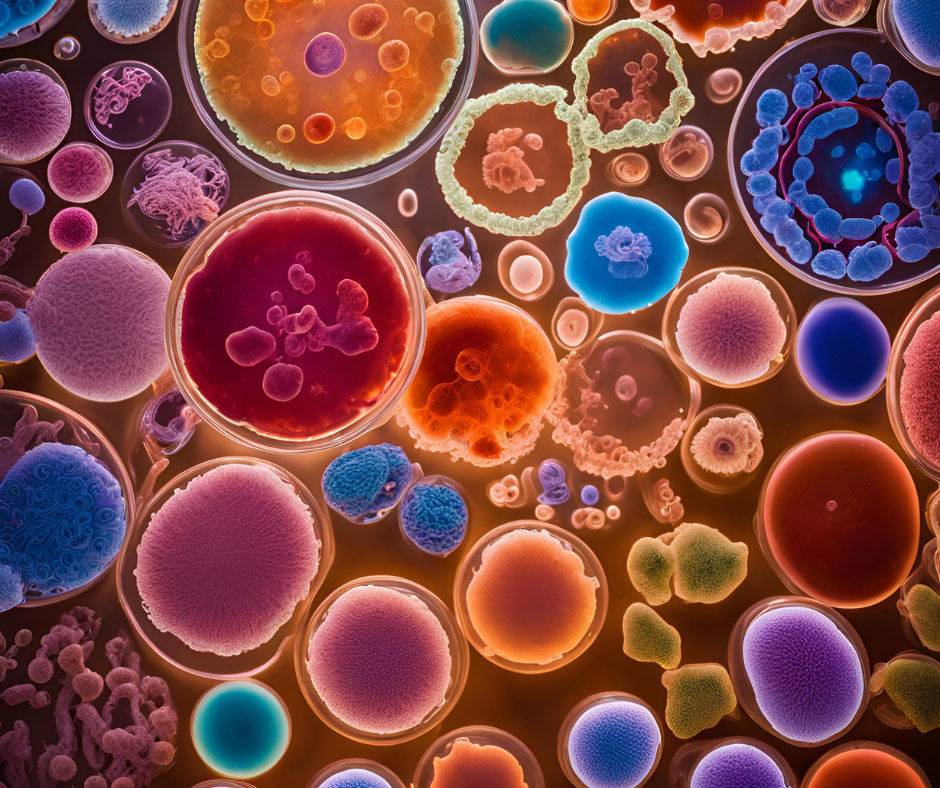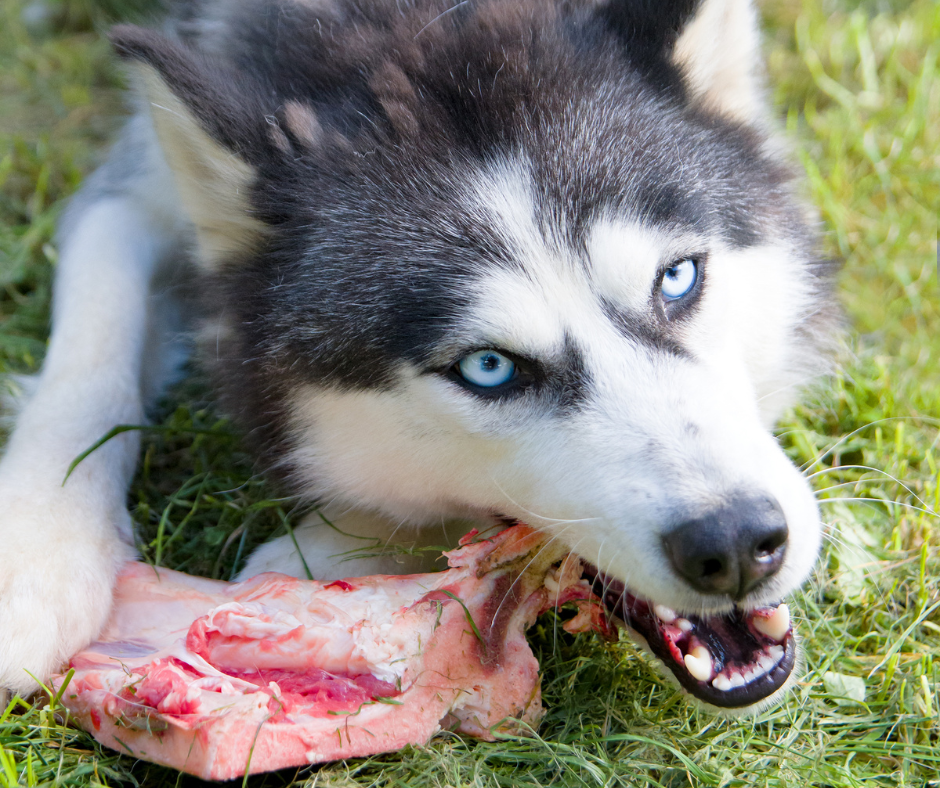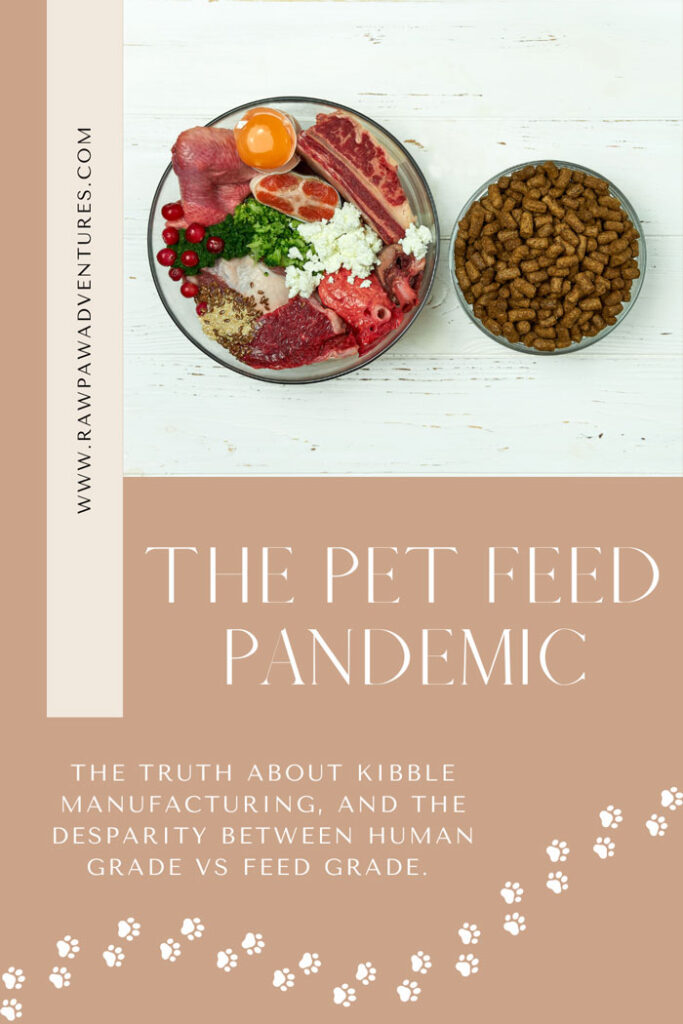If you’ve ever heard the phrase “trust your gut,” you might be surprised to learn that it’s not just good advice for humans—it applies to your pets, too! Your furry companion’s gut microbiome plays a crucial role in their overall health, so keeping it happy and diverse is one of the best things you can do to help them thrive. Let’s look into the fascinating world of gut bacteria (don’t worry, no microscope required) and explore why microbiome diversity is the key to a long, vibrant life for you and your furry family members.
What Exactly is the Gut Microbiome?

Think of your pet’s gut as a major city like Manhattan, teeming with trillions of tiny workers—bacteria, fungi, viruses, and so much more. These microbes aren’t just hanging out for fun; they’re hard at work 24/7, unlike the workers in New York City (I’m from NY so I’m allowed to poke fun!). These little microbes are always on the clock aiding digestion, producing essential nutrients, supporting the immune system, and even influencing behavior, which may seem hard to believe.
But here’s the catch: just like any thriving city, balance is everything. When the “good” bacteria are in charge, your pet’s digestion, immune function, and even mood stay in check. But when the “bad” microbes take over—often due to poor diet, antibiotics, stress, or environmental toxins—it’s like letting an army of unruly street performers run the show. Ever see a flash mob perform in a subway? Chaos ensues, disrupting commuters, jostling people on the platform, and causing delays. The same can be said when our gut is out of balance; that chaos can lead to chronic health problems, allergies, digestive issues, and even behavioral changes. Scary, right?
Why Microbiome Diversity Matters
Let’s look at another analogy: Imagine you’re putting together a superhero team. Would you want all speed and no strength? All intelligence and no defense? Of course not! The same goes for your pet’s gut microbiome—diversity is crucial. Different microbes serve different functions, and the more variety your pet has, the better equipped they are to handle whatever life throws their way, including that questionable sidewalk snack, or, in my dogs’ case, the unattended litter box…
Unfortunately, modern pet lifestyles often work against microbiome diversity. Processed kibble, exposure to pesticides (hello glyphosate, my old nemesis…), and excessive antibiotic use can all wipe out beneficial bacteria, leaving your pet’s gut like a ghost town with only a few surviving microbes struggling to do all the work and no defenses when the outlaws (aka ‘bad’ microbes) move in.
How to Support a Thriving Gut Microbiome
There’s good news- you can help improve and maintain your pet’s gut health with a few simple (and natural) strategies:

- Feed a Fresh, Species-Appropriate Diet
Processed pet food can be tough on the microbiome. Instead, opt for a raw or gently cooked diet rich in high-quality proteins and healthy fats. This provides the essential nutrients that fuel beneficial gut bacteria. Read through my Nutrition Basics blog series or take my Back to the Basics nutrition course- there is a ton of great info there. Even better- book a one-on-one Nutrition Consultation with me to get 100% personalized recommendations for your pet’s diet. - Ditch the Overuse of Medications
Antibiotics and other medications can be lifesaving, but they also nuke the gut microbiome, wiping out good and bad bacteria alike. Whenever possible, work with a holistic veterinarian or holistic health practitioner such as myself to explore natural alternatives. This includes your traditional flea and tick chemicals- these aren’t just scary neurotoxins; they also have antimicrobial properties that harm our gut’s good guys. - Incorporate Fermented Foods & Prebiotics
Fermented foods like kefir, raw goat’s milk, or fermented vegetables can introduce beneficial probiotics naturally. Prebiotics (found in foods like mushrooms) feed existing good bacteria, helping them flourish. Remember that you can add microbes all you like, but if you don’t feed them, they’ll just die off and your fur kiddo won’t get the benefits, and then all you paid for is expensive poop. - Consider Fecal Microbiota Transplants (FMT)
If your pet has significant gut health issues, a fecal microbiota transplant (yep, a poop transplant) can help reintroduce a robust, diverse microbiome from a healthy donor. I’ll be writing a separate article focused on FMT and how to then maintain that new, healthy transplanted population in a few weeks after I interview Dr. Margo Roman, the FMT industry expert, so stay tuned. Legacy Biome is the company I recommend looking into if FMT is up your alley, and up your pet’s you know what… - Let Them Get Dirty!
A little dirt never hurt—in fact, it can help. Letting your pet safely explore nature, dig in the yard, and interact with other healthy animals can expose them to a wider range of microbes, strengthening their immune system. Bear (below) loves to romp on the beach, dig in the sand, and then jump all over me, ensuring that I’m digging sand out of my hair for the next week! Copper is a mud monster and if he sees a puddle you bet he’s going to try to bury himself in it. The cleanup isn’t my favorite, but knowing that they’re enhancing their microbiome certainly makes the subsequent bath worthwhile.

My Takeaway: Gut Health is Whole-Body Health
Your pet’s gut microbiome isn’t just about digestion—it’s the foundation of their entire well-being. A balanced, diverse microbiome supports everything from immunity to mental health, making it one of the most important aspects of holistic pet care.
So, the next time your dog rolls in the dirt or your cat insists on eating grass, don’t panic! It might just be their gut instinct (pun absolutely intended) telling them to nourish their microbiome. Support their gut, and you’ll be giving them the best shot at a long, happy, and healthy life.
Don’t forget to check out my course, Back to the Basics- Transition Your Dog to Fresh Food, to learn more about nutrition and how to incorporate fresh food into your pet’s diet. Optimizing nutrition is the first, most crucial step toward improving gut health and supporting that microbiome, so don’t wait!


